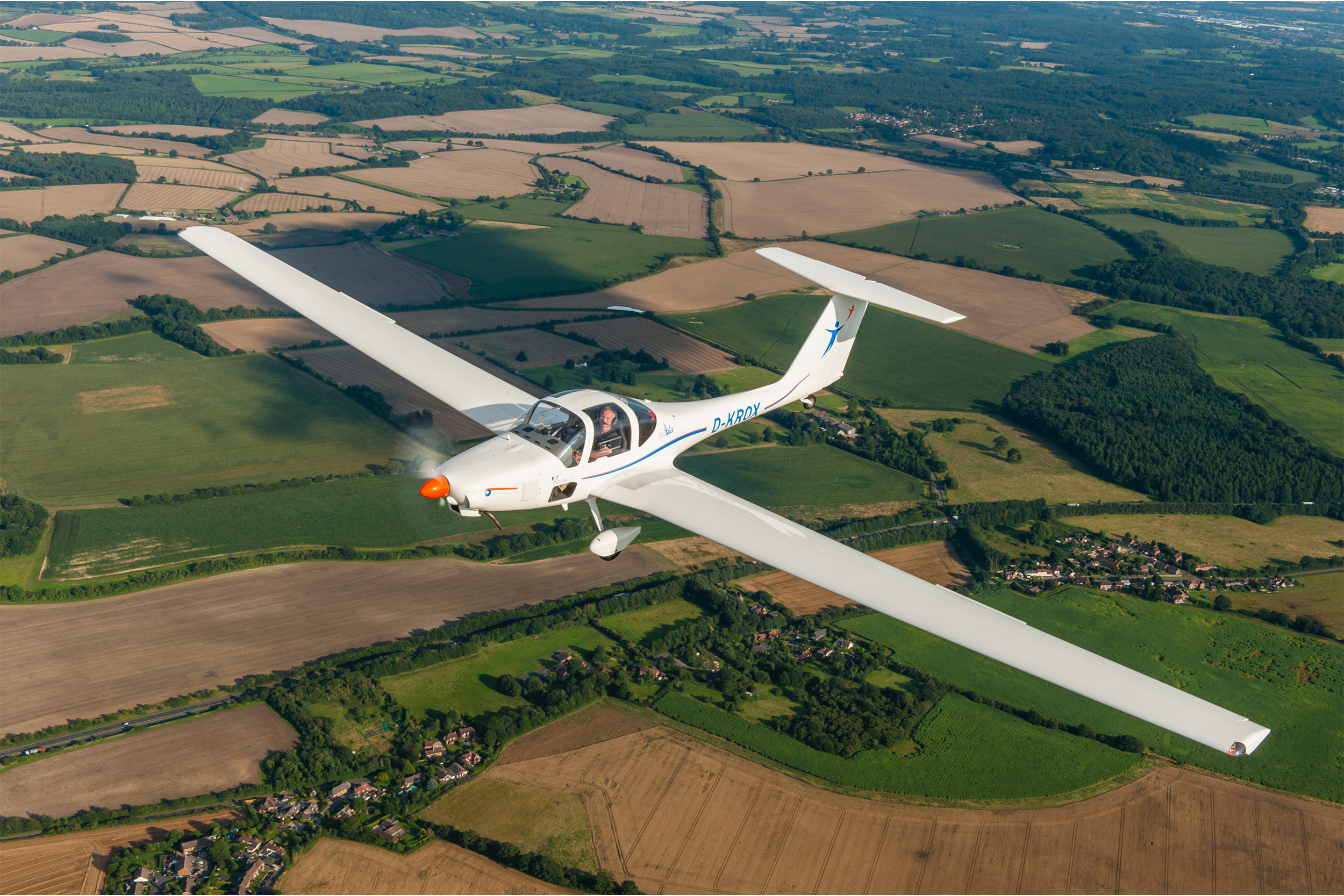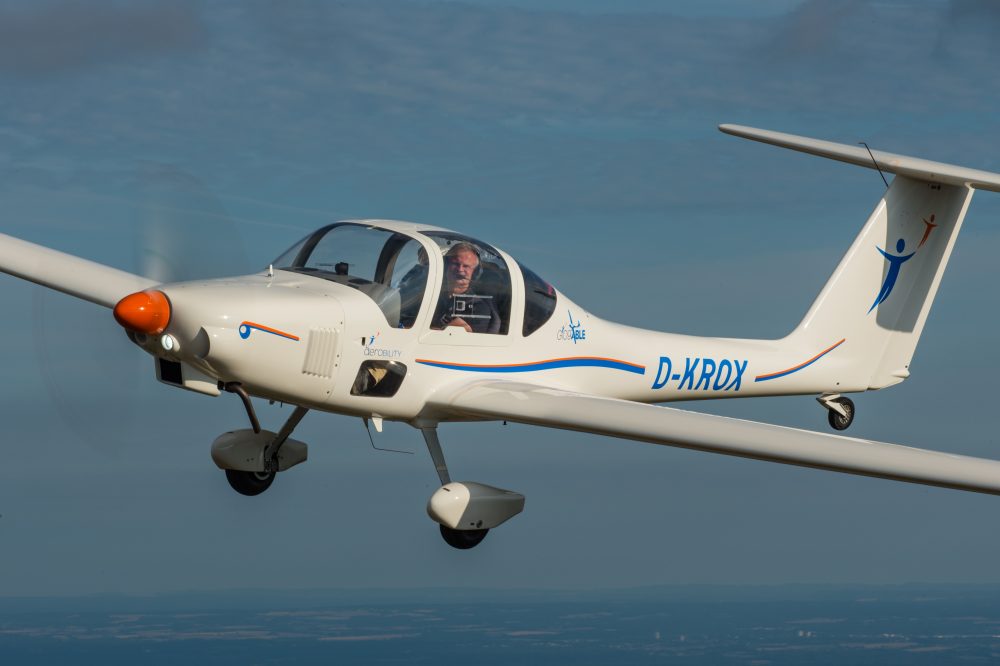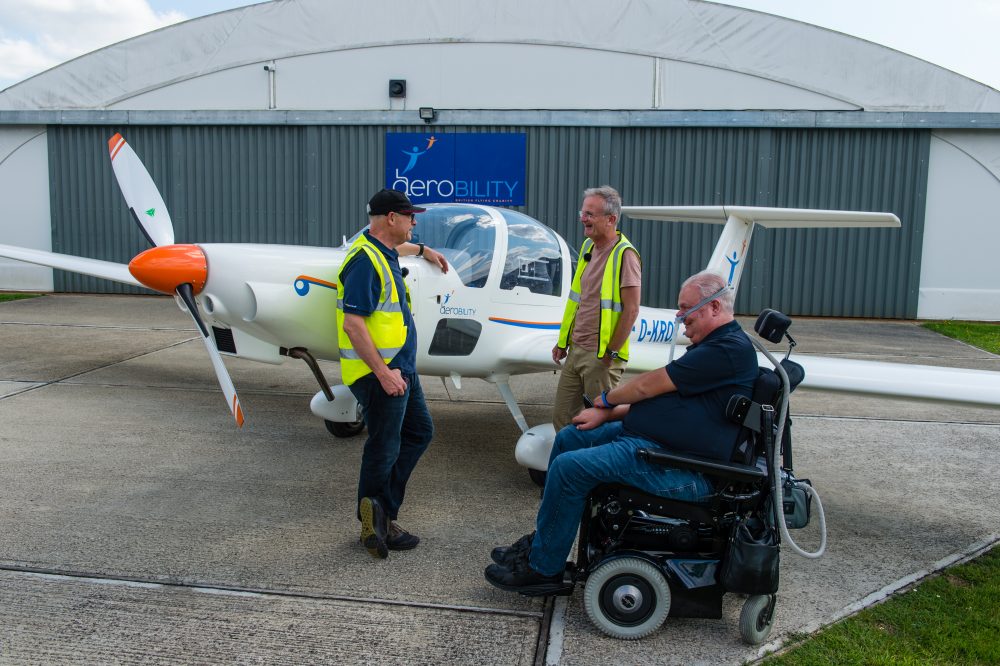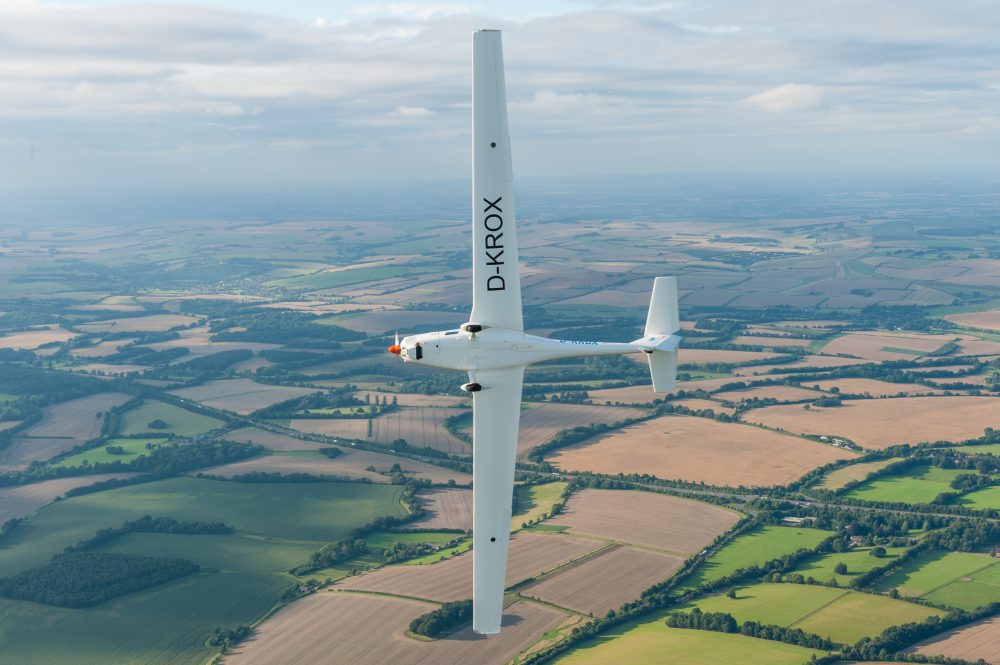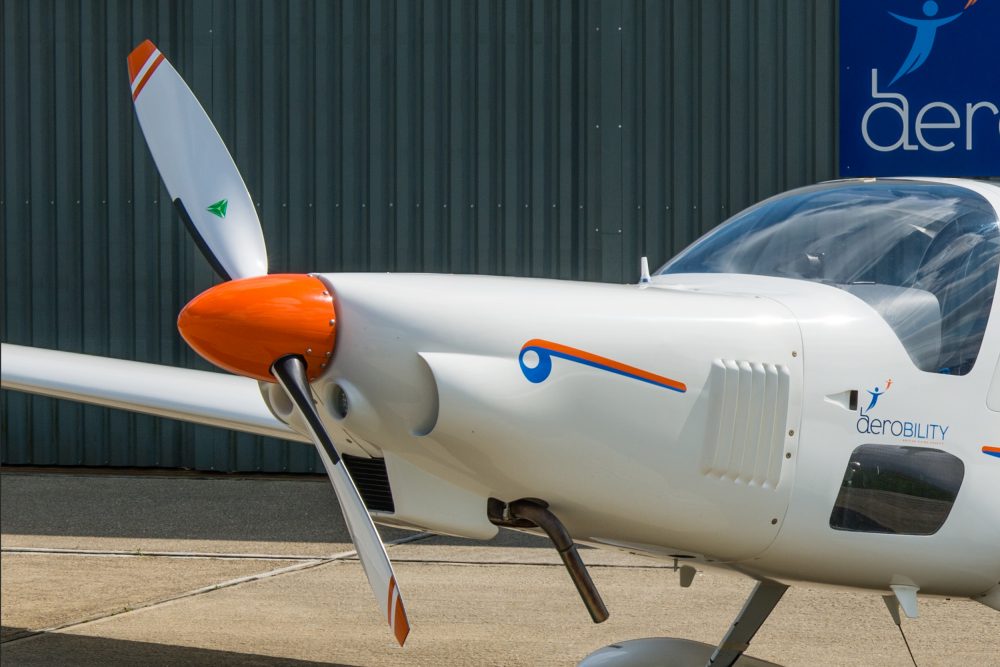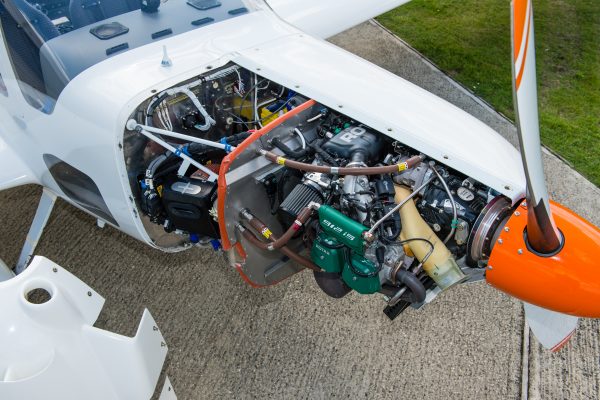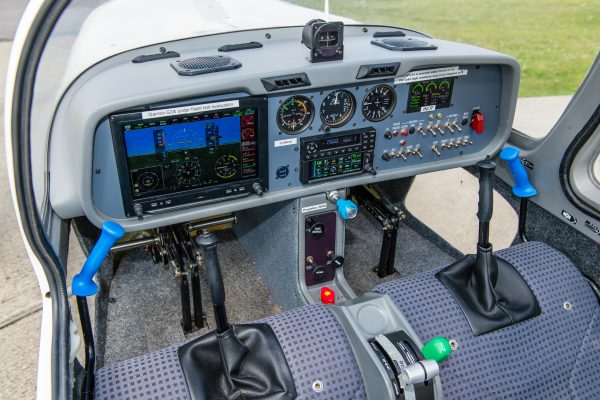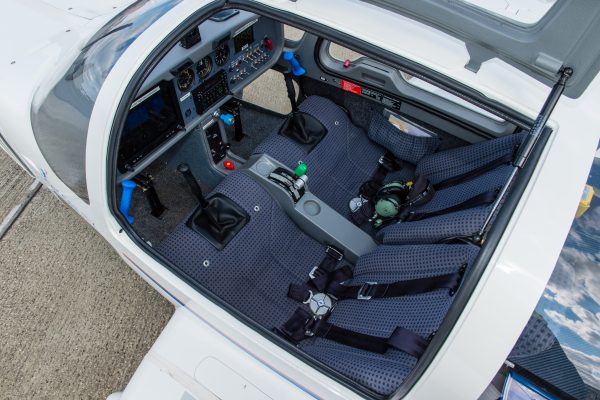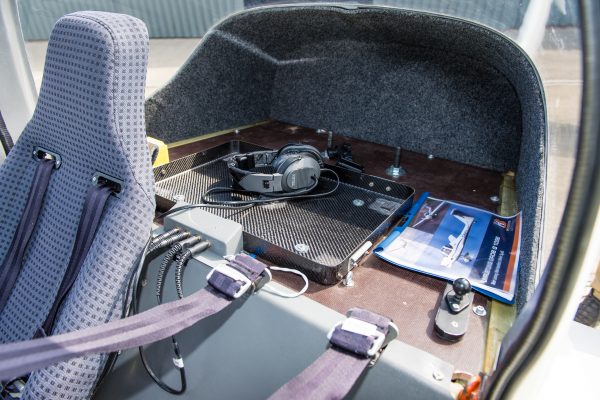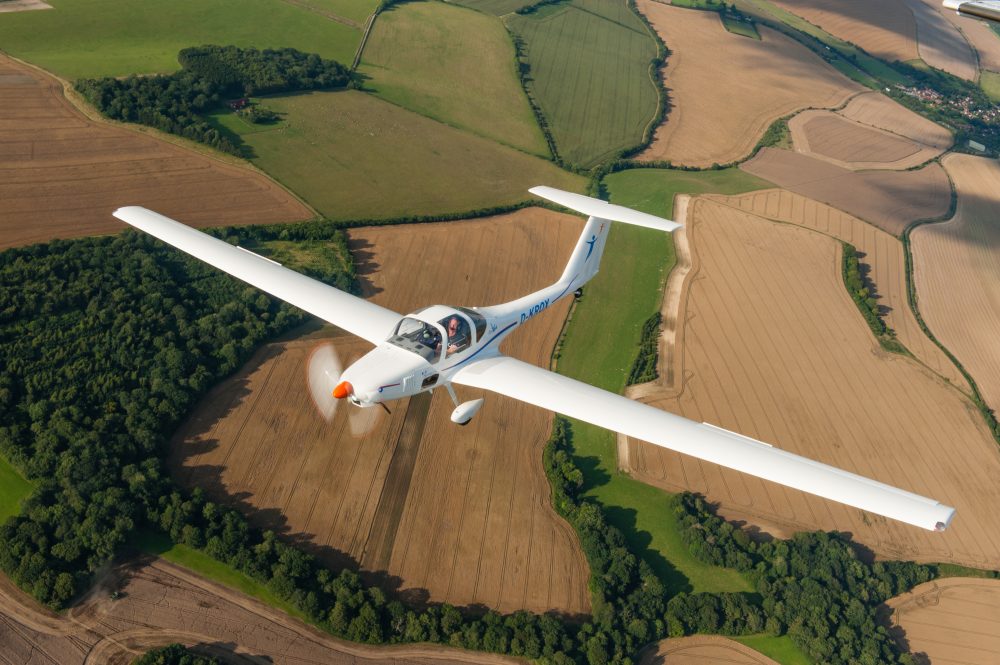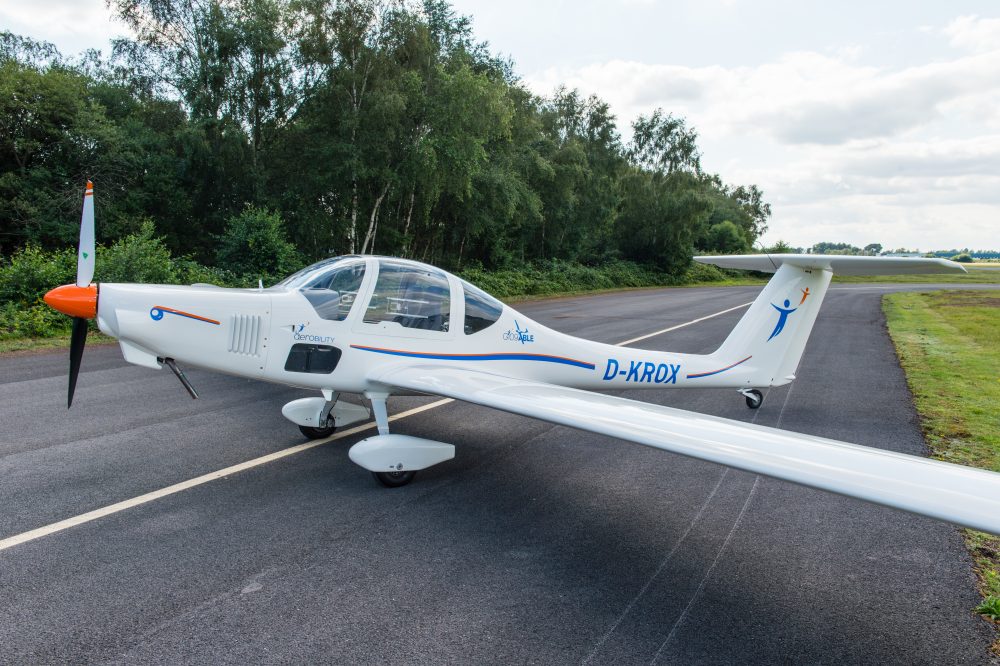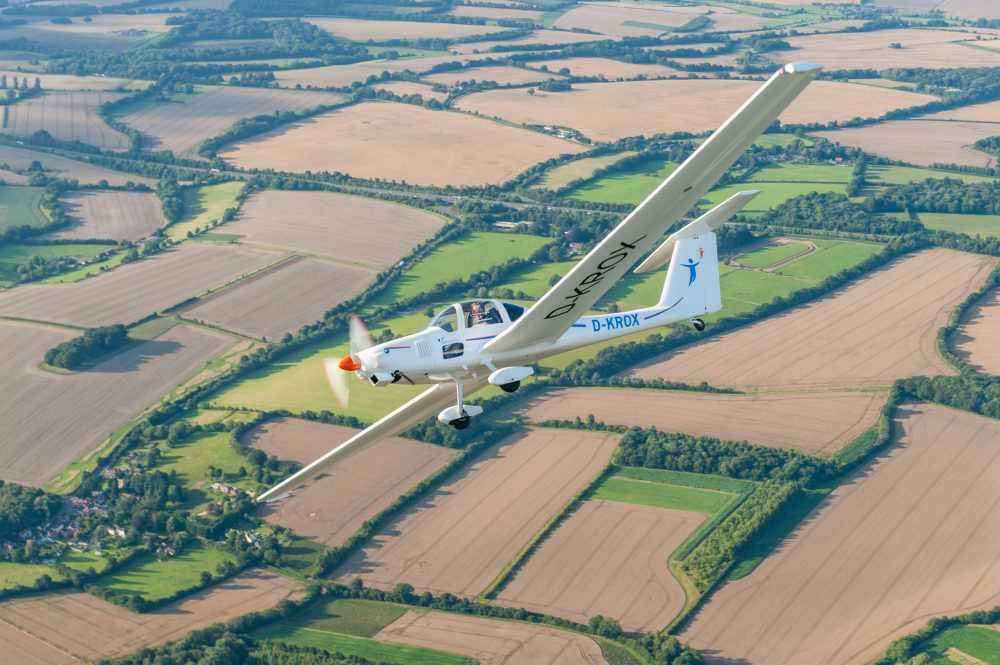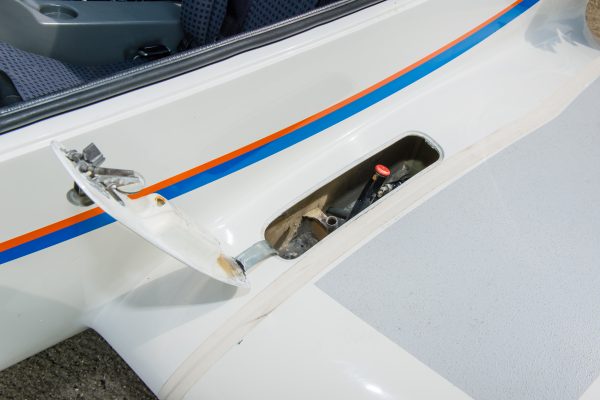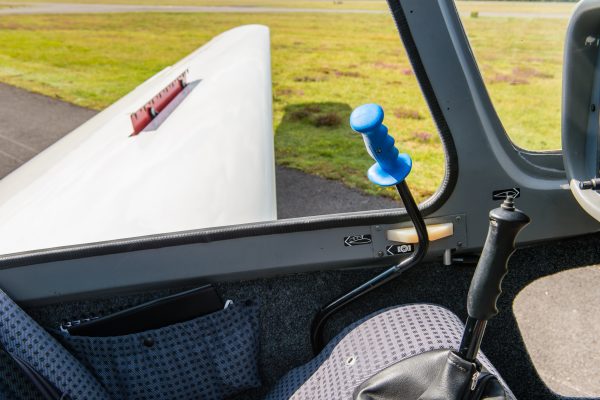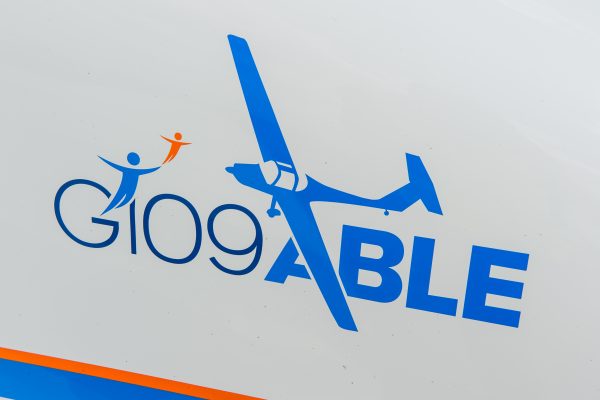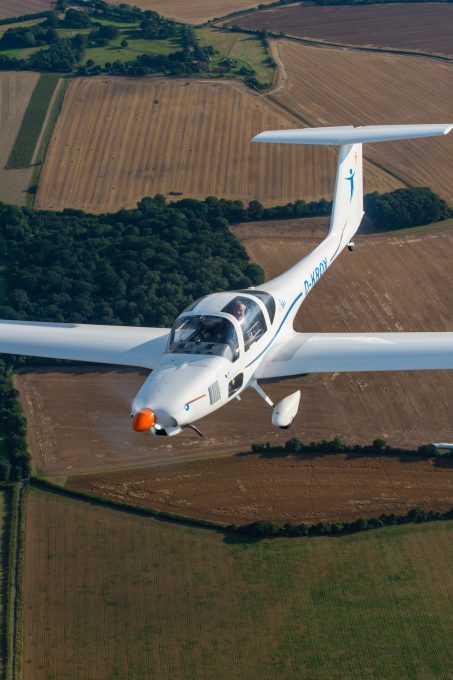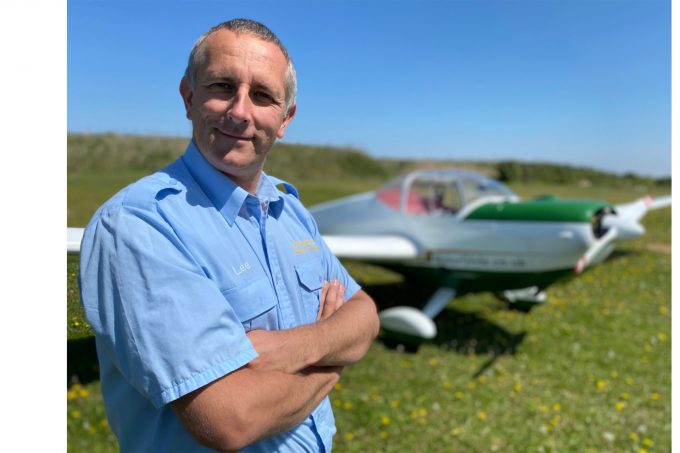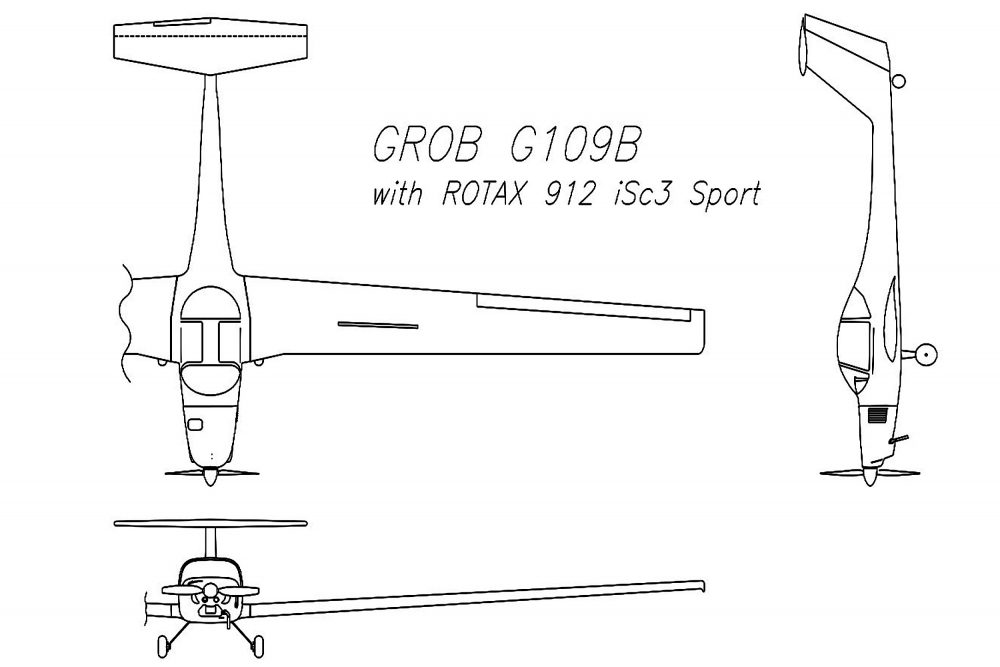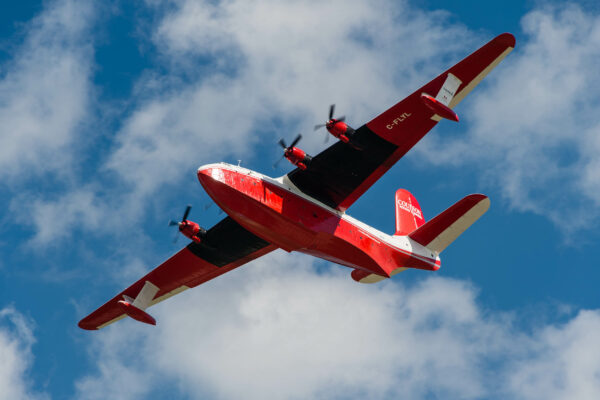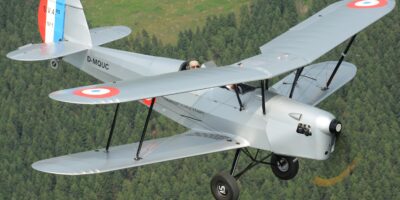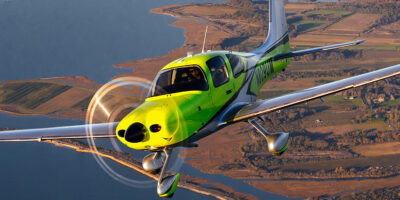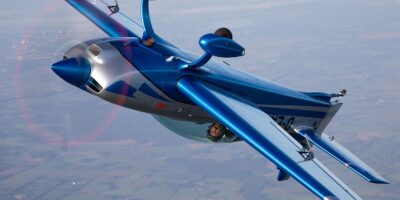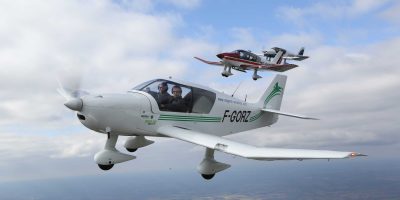Now for the SEP landing option. Recessed into the side panel by the airbrake is a nylon block. A small lever moves that out into the path of the airbrake, and you can set the airbrake in a machined panel so that it is basically half deployed. You then leave the airbrake alone, and manage the approach and landing with the (for SEP pilots) traditional pitch and power. Although going around in this configuration ideally involves putting the airbrakes back in, the aeroplane will climb with them half out.
The flare gave a higher nose attitude than I was expecting, but we were down and stopped in a little over 200m, at which point the whole focus once again became those long wings and accurate steering.
So how does it stack up? It’s an interesting and entertaining set of compromises. If you want to enjoy some fun economical cruising, you can waft along at 90kt (you can go faster but I always think a Rotax is a bit more relaxed at lower rpm) and the 100 litres of fuel will get sipped at about 12 to 14lph (although if this is your thing, you will want to add some extra padding to the fairly firm seats). If you want to try your hand at a bit of soaring you can do that, although I’m told that gets easier the further south you go in Europe. If you are a gliding club, then you could use this for both towing and training. A basic refurbed version would set you back £155,000, to which you can add lots and lots if a full suite of glass panel avionics is your thing.
Mike Miller-Smith is one of the smartest aviation people I know, and if anyone can make this work he can, and on that basis, there’s every chance that this particular story will have a fairy-tale ending.


